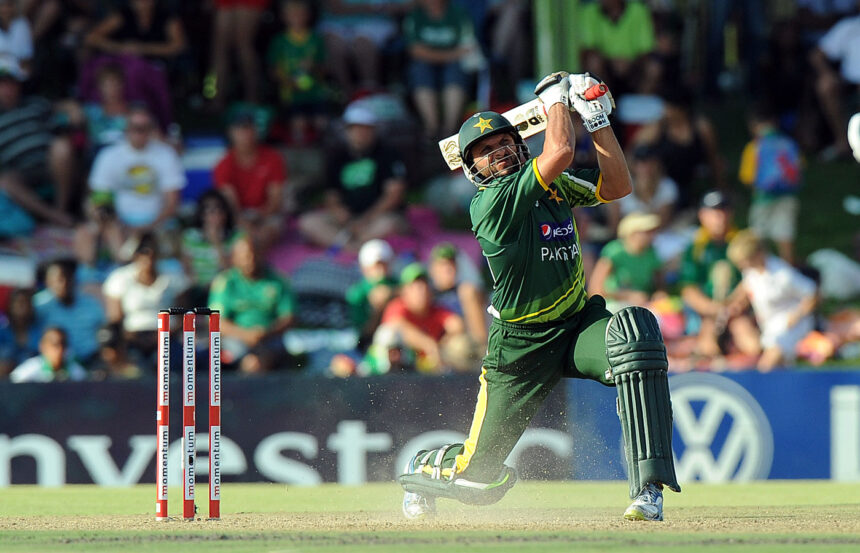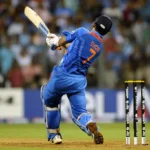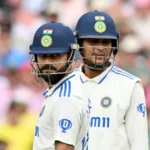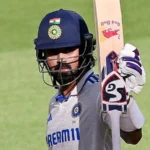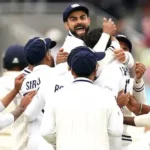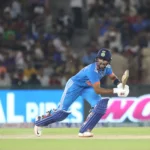What Is the Longest Six in Cricket History?
The longest six in cricket history was hit by Shahid Afridi of Pakistan, with a reported distance of 158 meters. This colossal shot came during an ODI match against South Africa at the Wanderers Stadium in Johannesburg in 2013. Although the exact measurement has been debated due to a lack of precision tracking at the time, it remains widely accepted as the biggest six ever recorded in international cricket.
Shahid Afridi’s 158-Meter Six: A Record-Breaking Moment
Afridi, known for his aggressive batting style and fearless stroke play, smashed Ryan McLaren over long-on and out of the stadium. The ball reportedly traveled 158 meters, stunning spectators and commentators alike. Despite no official ball-tracking system being used to verify the distance, the visual impact and post-match reports confirmed that it was one of the most monumental strikes the game has ever seen.
Other Notable Longest Sixes in Cricket
Brett Lee – 130+ Meters
In 2005, Brett Lee, one of cricket’s fastest bowlers, showcased his batting power by launching a delivery out of the Gabba stadium in Brisbane. The six was unofficially measured at around 130 meters, making it one of the longest hits by a tailender in cricket history.
Chris Gayle – Consistent Power Hitting
Chris Gayle, often referred to as the “Universe Boss,” may not hold the official record for the longest six, but his name is synonymous with power. He has hit multiple sixes in the 110–120 meter range across international and franchise cricket, including in IPL and World Cup matches.
Read Also: Highest Sixes in ODI Cricket: Legends Who Dominated the Boundary
Yuvraj Singh – 120 Meters in T20 World Cup
During the 2007 T20 World Cup, Yuvraj Singh hit a monstrous six off Brett Lee that was estimated at over 120 meters. This six, coming shortly after his famous six-sixes-in-an-over feat, was another testament to his clean and fearless hitting.
How Are Six Distances Measured in Cricket?
In modern cricket, six distances are measured using technologies like Hawk-Eye, radar tracking, and ball trajectory software. These systems provide fairly accurate measurements. However, older records (pre-2010) often relied on visual estimation or broadcast team analysis, which is why some figures, like Afridi’s 158m, are often labeled as unofficial.
Factors That Influence the Length of a Six
Several elements affect how far a cricket ball travels:
- Elevation of the ground (e.g., Johannesburg is at high altitude)
- Wind direction and speed
- Type of delivery (slower balls are easier to time)
- Bat quality and sweet spot contact
- Player strength and swing speed
Even today, sixes that exceed 110 meters are considered elite and are celebrated across formats.
Who Hits the Biggest Sixes Today?
Modern power-hitters like Liam Livingstone, Andre Russell, Glenn Maxwell, Rohit Sharma, and Hardik Pandya are all capable of clearing the ropes by 100+ meters. However, none have yet surpassed Afridi’s iconic 158-meter record in officially recognized matches.
Conclusion: Will Afridi’s Record Ever Be Broken?
The record for the longest six in cricket history continues to belong to Shahid Afridi. While technology and batting power have evolved, this legendary six still holds its place in cricket folklore. It wasn’t just a display of strength—it was a symbol of fearlessness and dominance on the field.
With the rise of power-hitters and advanced training methods, the day may come when someone breaks this record. But until then, Afridi’s monster six remains unmatched.
Frequently Asked Questions: Longest Six in Cricket History
Who hit the longest six in cricket history?
Shahid Afridi of Pakistan, with a six reportedly measuring 158 meters in 2013.
Is Afridi’s six officially recorded?
It is widely recognized but not verified by modern ball-tracking systems, so it remains unofficial in ICC record books.
What is considered a long six in cricket?
Any six over 100 meters is considered long in professional cricket, and anything over 110 meters is exceptional.



